Published Thursday but originally applied for in April of last year, the US Patent Office application argues that designers of perfectly flat touch controls are often faced with a difficult choice, particularly if they want to include controls that require swipes or multi-touch gestures. The creators can either accept that users may have to readjust or else strike a compromise with bumps or ridges on the keyboard, which can limit the amount of control.
"It is believed that mainstream acceptance of typing on touch surfaces will require shortening of the typing re-acclimation period, which, in turn, requires improved keystroke tactility," the patent reads. But adding permanent bumps or ridges as a guide "has several disadvantages for touch surfaces also intended for pointing and gesture. For example, the key-edge ridges impede lateral pointing motions, giving the surface a rough washboard feel. The ridges also disrupt position interpolation from capacitive sensor arrays as the fingertip flesh lifts over the ridge."
To solve this, Apple inventor Wayne Carl Westerman suggests multiple solutions that the company could use with future products. The simplest of these would be to selectively use different feedback techniques, including ridges or symbols, on the areas where they would make the most sense. The typing home row could have dots, for example.
However, a second method would install an articulating frame underneath the keyboard that changes the surface depending on the immediate context. When in typing mode, the frame could raise to create edges between virtual keys, provide haptic (vibration) feedback, or create concavities that act like the dips in a traditional keyboard.
A third option would use a static frame and fill an area under the touch surface with an easily deformed material, such as a foam, gel, or even air. The resistance created by the material would be strong enough to maintain a flat surface when only light pressure is applied for gliding motions, but sink slightly for typing or other deliberate presses.
In contrast to some Apple patents, the latest application is described in isolation from any other device and appears to be a general patent for the content. The explicit mention of the need to support multi-touch technology, however, reveals research took place at the same time as Apple was in mid-development of the iPhone.
 Katie Marsal
Katie Marsal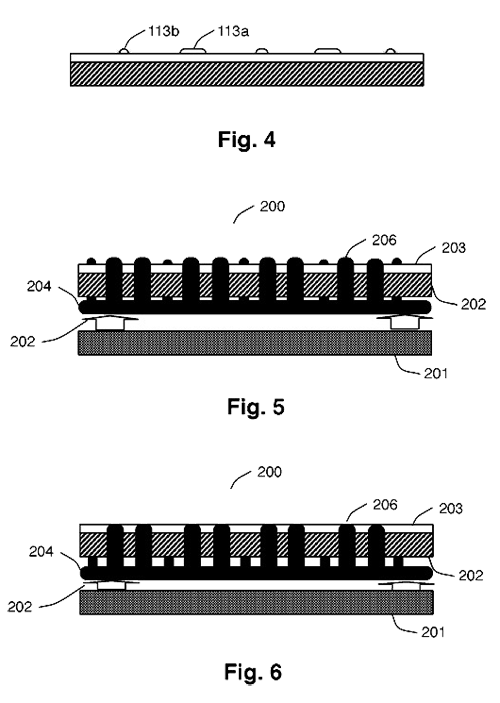
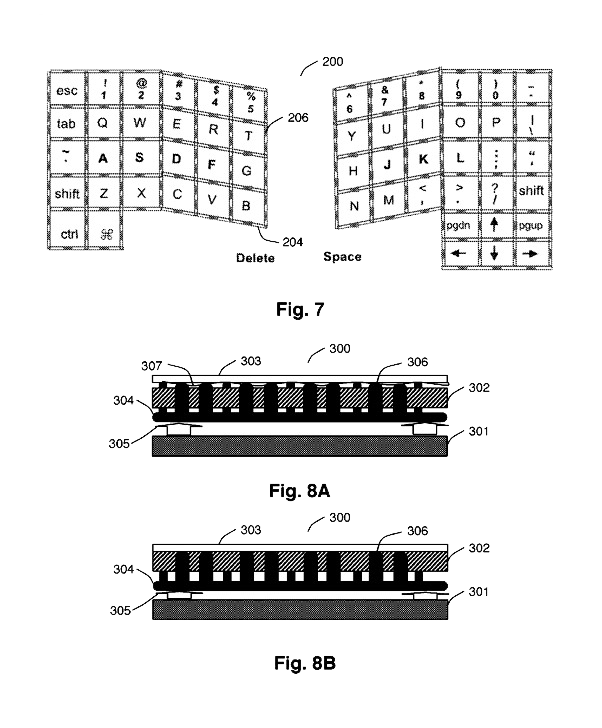






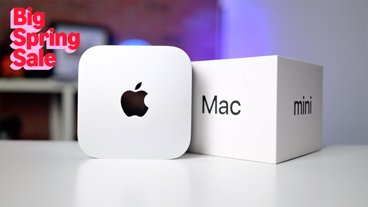
-m.jpg)





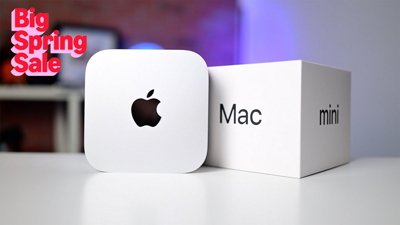
 Christine McKee
Christine McKee
 Wesley Hilliard
Wesley Hilliard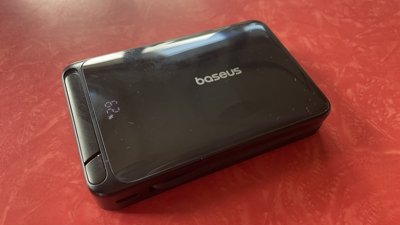
 Thomas Sibilly
Thomas Sibilly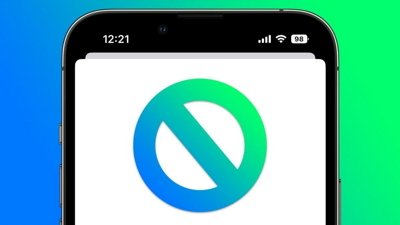
 Marko Zivkovic
Marko Zivkovic
 Andrew O'Hara
Andrew O'Hara
 Amber Neely
Amber Neely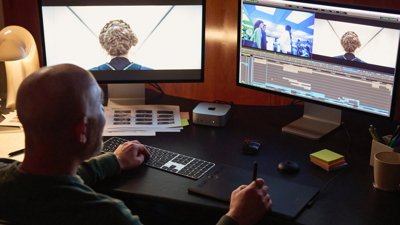
 William Gallagher
William Gallagher









17 Comments
A new filing reveals that Apple has researched a method that would allow a touch-sensitive keyboard to generate physical feedback without interfering in gestures.
Published Thursday but originally applied for in April of last year, the US Patent Office application argues that designers of perfectly flat touch controls are often faced with a difficult choice, particularly if they want to include controls that require swipes or multi-touch gestures. The creators can either accept that users may have to readjust or else strike a compromise with bumps or ridges on the keyboard, which can limit the amount of control.
"It is believed that mainstream acceptance of typing on touch surfaces will require shortening of the typing re-acclimation period, which, in turn, requires improved keystroke tactility," the patent reads. But adding permanent bumps or ridges as a guide "has several disadvantages for touch surfaces also intended for pointing and gesture. For example, the key-edge ridges impede lateral pointing motions, giving the surface a rough washboard feel. The ridges also disrupt position interpolation from capacitive sensor arrays as the fingertip flesh lifts over the ridge."
To solve this, Apple inventor Wayne Carl Westerman suggests multiple solutions that the company could use with future products. The simplest of these would be to selectively use different feedback techniques, including ridges or symbols, on the areas where they would make the most sense. The typing home row could have dots, for example.
However, a second method would install an articulating frame underneath the keyboard that changes the surface depending on the immediate context. When in typing mode, the frame could raise to create edges between virtual keys, provide haptic (vibration) feedback, or create concavities that act like the dips in a traditional keyboard.
A third option would use a static frame and fill an area under the touch surface with an easily deformed material, such as a foam, gel, or even air. The resistance created by the material would be strong enough to maintain a flat surface when only light pressure is applied for gliding motions, but sink slightly for typing or other deliberate presses.
In contrast to some Apple patents, the latest application is described in isolation from any other device and appears to be a general patent for the content. The explicit mention of the need to support multi-touch technology, however, reveals research took place at the same time as Apple was in mid-development of the iPhone.
[ View this article at AppleInsider.com ]
Um, what?
Very interesting. I never thought there could be a proper compromise between tactile feedback and multitouch/display keyboard. I don't see this tech happening for a long time, and it'd take some adjustment since I don't look at my keys when I type, but I could see it being VERY useful for, say, Final Cut Pro (for which people often use keyboard overlays to show all the controls).
Um, what?
Umm...yeah, I'll have what he's smokin'
They type of keyboard already exists. Apple bought the comapny a few years ago. The keyboard is called a TouchStream. It was by fingerworks. I have been using one for a few years now. I hope Apple starts making them so that I can get a replacement for what I have.
The original company http://www.fingerworks.com/
The place a number of customers went when the comoany shut down. http://fingerfans.dreamhosters.com/
If you look at Apple's new super-flat keyboards and the iPhone, I think it is obvious that Apple wants to move to a virtual keyboards very soon.